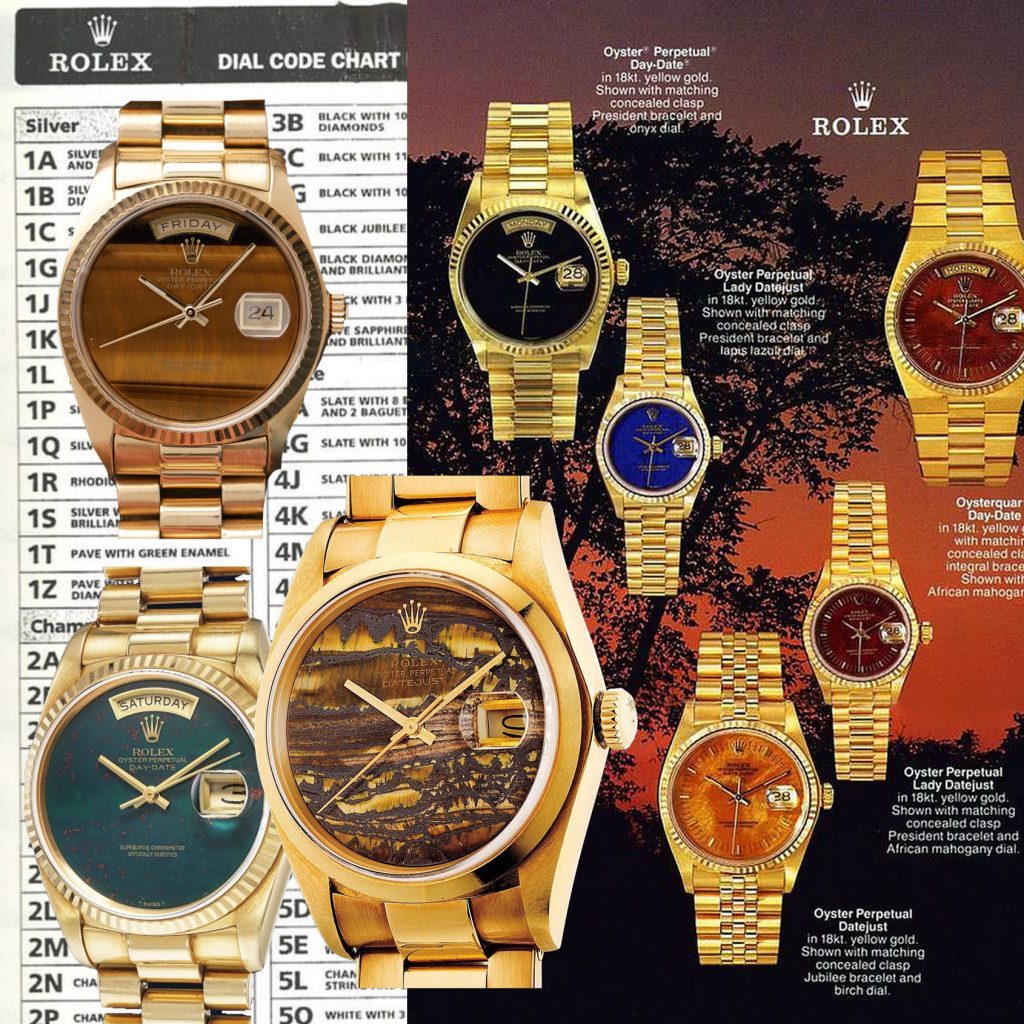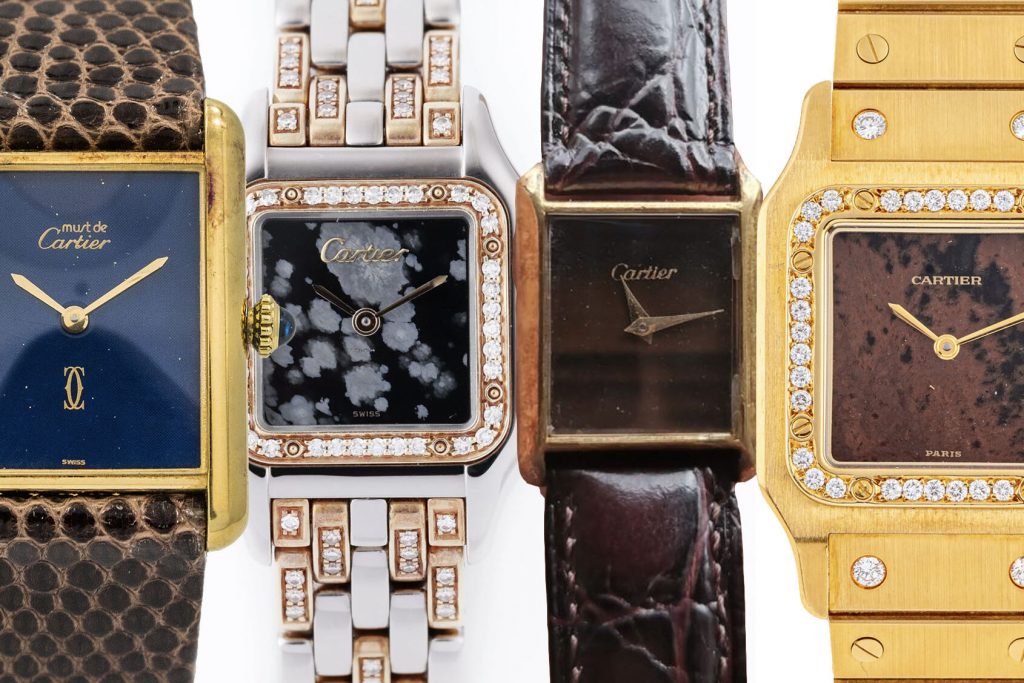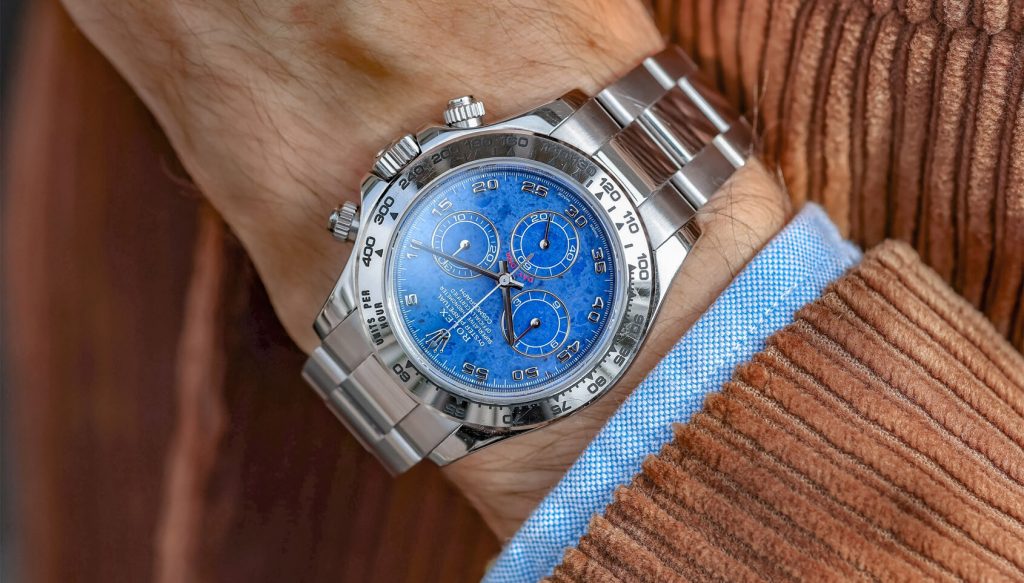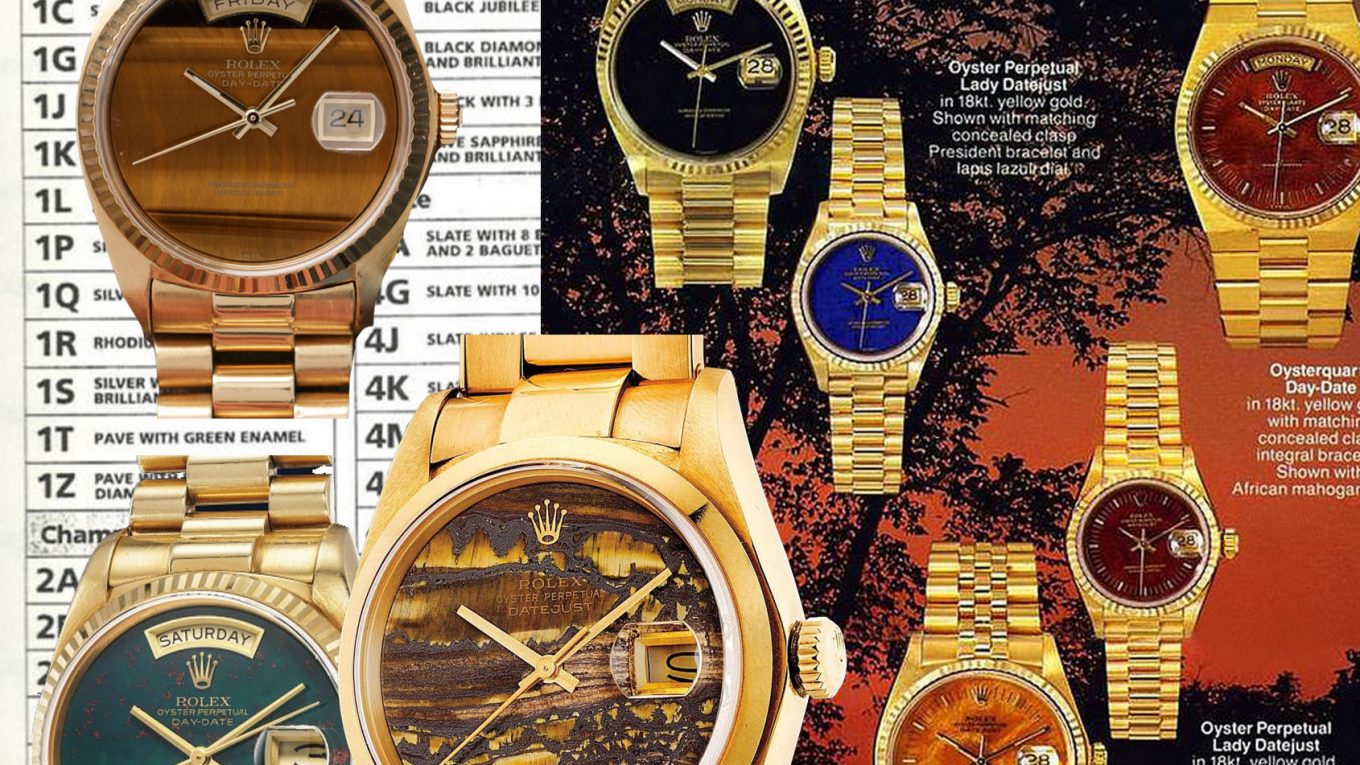The history of UK Swiss made replica watches’ stone dials
It’s incredibly rare that anything truly new happens in the replica watch world, and even the most groundbreaking innovations can often have their roots in technology and theories from decades ago. Something that has been swirling around the fringes of popularity, for the last few years in particular, is the phenomenon of perfect replica watches‘ stone dials, whether they’re made of precious minerals, fallen meteors, or any other exotic matter. Although the appeal is quite niche and they tend not to come cheap, the various colours, gradients and patterns these natural phenomenons can offer is extremely alluring. Let’s take a moment to explore history of stone dials and why they make such great options.

By the late ‘60s there were more than 30 different precious stones to choose from, but it was still a fairly small operation of bespoke watches for Piaget clients. Clearly, the market was there to be entered, and other brands started sensing that opportunity. The idea of a mineral or gem as the centrepiece of a watch dial is quite inherently showy, and come the 1970s luxury replica Rolex UK was beginning its meteoric rise as a conspicuous status symbol.
Thanks to the perfect fake Rolex Datejust and Day-Date, Rolex had normalised flashy gold cases and diamond indices for their men’s range as well as their women’s, so stone dials were the next logical step. Judging by a 1970s dial code chart, there were at least 126 different configurations that Swiss movement fake Rolex were offering with a variety of stones, such as onyx, obsidian, jasper, agate, and even fossils of tiny ancient sea creatures. What’s more is that thanks to the cut-outs for the date windows, you could actually get a glimpse at the thickness of the dial, which made it feel much more tangible.

Throughout the 1980s the Quartz Crisis halted much of the luxury copy watch industry, with some brands pivoting to the steel sports watch formula, some switching to affordable quartz fake watches for sale, and some brands dying out completely. The stone dial was well and truly out of fashion, but a few stragglers still made it through. Companies like high quality replica Cartier survived through their Must de Cartier line, with some of their quartz-powered art watches displaying stone dials alongside their more upmarket Santos. As bigger, chunkier watches became the norm, the place for elegant materials rapidly vanished from catalogues.

Never afraid to ignore a trend, Swiss movement replica Rolex reminded watch collectors of stone dials through their iconic chronograph, the Daytona. Having surpassed its racing tool origins and entered into the realm of high luxury, the addition of a Sodalite stone dial within a white-gold case and diamond hour markers was a bold statement for the late ‘90s and early 2000s. It was that kind of bravado which echoed the Datejusts of the 1970s, while recontextualised in a big, modern sports super clone watch to whet some appetites. To say it took off would be an overstatement, but it proved that the 21st century was the time for the stone dial comeback.
